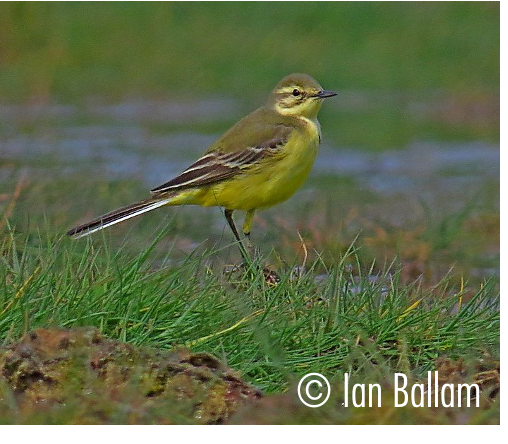You can view this information in two different ways. Our alphabetical list provides information on the status of each species within the harbour, finder dates and names, photos and favoured locations. By clicking on the Systematic List button you will be presented the full Poole Harbour systematic list which includes status of species, pending records and historical accounts.
To date, 333 species have occurred and have been accepted within the Birds of Poole Harbour boundaries. A further 11 distinct subspecies have also been seen. In addition, we have two species/subspecies which have been recorded, but are awaiting acceptance by the appropriate records panel.
There are a handful of historical records, for which there is currently insufficient information to allow their inclusion onto the Poole Harbour list, but are believed to be genuine records. They are listed at the end of the list.
Finally, there are a number of feral or escaped species that have been recorded within the Birds of Poole Harbour boundaries. They are included for completeness, but are not included on the Poole Harbour list.
We would be interested in hearing details of any species that do not appeared on this list.
The Birds of Poole Harbour systematic list is a PDF which you can view by clicking on the button below. It was last updated on December 2019.
Full Poole Harbour Systematic List
Motacilla flava
Passage Migrant
Passes through in very small numbers during the spring with any field containing cattle being a target. In the autumn passage is much stronger with flocks roosting and feeding in areas like Lytchett Bay, Greenland’s Farm, Hartland Moor, Swineham, Wareham Water Meadows and Holton Lee, but it’s worth checking any field containing cattle as there is a good chance you’ll see them feeding in amongst the cows feet! Listen out for their loud ‘pist’ calls on August and September mornings as they move from roost to feeding sites. 400 at Keysworth on 29th August 1987 is largest flock on record. 3 figure flocks are now rare, 150 at Lytchett Bay on 7th Sep 2014 the most recent.
The earliest is 1 at Lytchett Bay in sub-zero temperatures on 1st Apr 2013. There is one winter record from Studland on 10th December 1977.

© 2025 Birds of Poole Harbour Registered Charity No. 1152615